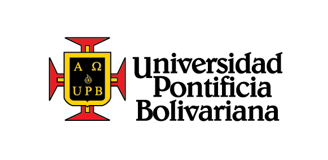First report of secondary leaf fall in rubber trees caused by Phyllosticta capitalensis in the Eastern Plains of Colombia
Descargar
Fecha
2022Autor
Guevara Agudelo, Elsa Judith
Lopez Casallas, Marcela
Rivano, Franck
Castro Navarro, Olga Maria
Publicador
British Society for Plant Pathology and John Wiley & SonsPalabras clave
Citación
Metadatos
Mostrar el registro completo del ítem
Documentos PDF
Resumen
Rubber trees (Hevea brasiliensis) are planted on 65,545 hectares in
Colombia (Minagricultura, 2021). Since September 2020, unusual leaf
spots were observed on mature leaves of rubber trees (clones RRIM
600 and FX 3864), in three plantations in the Eastern Plains region.
The regular spots (usually 1–3 per leaf) were up to 8 mm in diameter,
with a clearly defined brownish to blackish margin and a necrotic centre (Figure 1). The disease led to secondary leaf fall, causing up to 30%
defoliation.
Diseased leaves were collected and transferred to the laboratory
for diagnosis. After surface disinfection with ethanol (70%) and sodium
hypochlorite (2%), 0.5 cm2 sections of diseased tissue were transferred
to potato dextrose agar (PDA) medium and incubated at 28◦C for two
weeks. The developing colonies had irregular borders and gradually
turned dark greyish-green in colour, then black (Figure 2a). Sporulation
was induced on a parboiled rice medium (Figure 2b) under controlled
conditions (12 hr photoperiod, relative humidity 50%, 26 ±2◦C). Pycnidia with conidia were observed after 44 days. Conidia (Figure 3a) were
small, single-celled, hyaline, ovoid to elongate, measuring 8–11×5-6
µm. Pycnidia were dark, ostiolate and lenticular to globose (Figure 3b).
These morphological characters were consistent with the descriptions
of Phyllosticta species (Wikee et al., 2013).
Parte del recurso
-
New Disease Reports; Vol. 45, (2022): New Disease Reports;p. 1 -4.
Colecciones
- Artículos de divulgación [775]
Comentarios
El ítem tiene asociados los siguientes ficheros de licencia:





























